A Podpourri of Learning Options: Pods, Hubs, and Microschools in the Wake of the Pandemic
Key Points
-
The CRPE defines pods as an in-person or intensive virtual support that meets multiple times per week.
-
While a broad definition, it is more narrowly defined than many of the previous attempts at categorizing small group learning experiences.
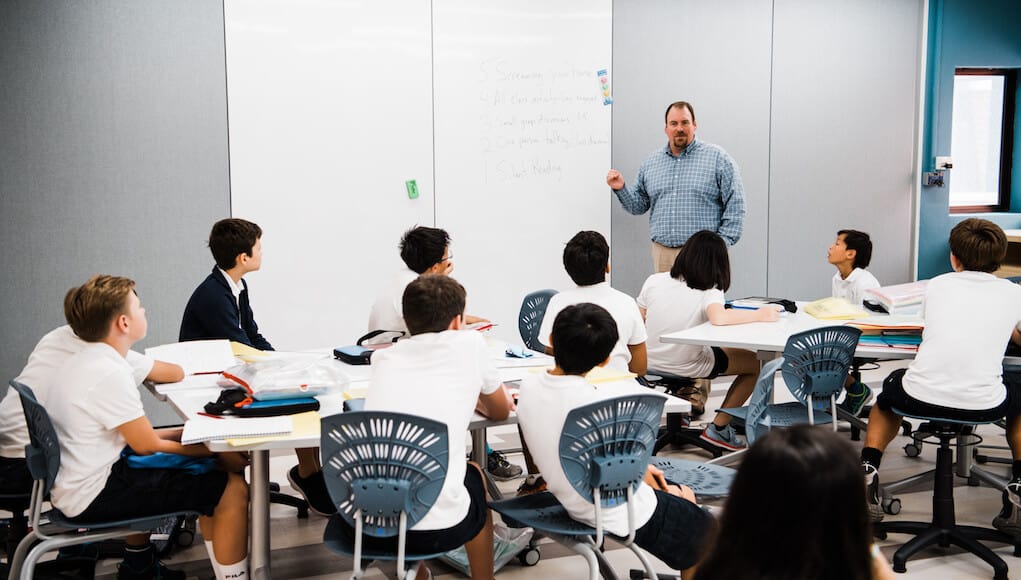
We’ve been discussing microschools for a decade, but until the global pandemic this innovative school model remained largely on the fringes. Then, when remote learning went into effect early in 2020 people everywhere scrambled to identify engaging learning experiences and caretaking networks within their communities. One of the solutions that got a lot of attention was learning pods–a small number of students working with a hired instructor and/or parent volunteers and often using common online learning resources.
The Center on Reinventing Public Education (CRPE) recently published a report, Pandemic Pods and the Future of Education, based on a survey of families and educators who organized or participated in a pandemic pod. While it was challenging to collect representative data on pods, CRPE concluded that pods were an important pandemic response with long-term implications for education.
What were the findings?
The CRPE defines pods as an in person or intensive virtual support that meets multiple times per week. While a broad definition, it is more narrowly defined than many of the previous attempts at categorizing small group learning experiences.
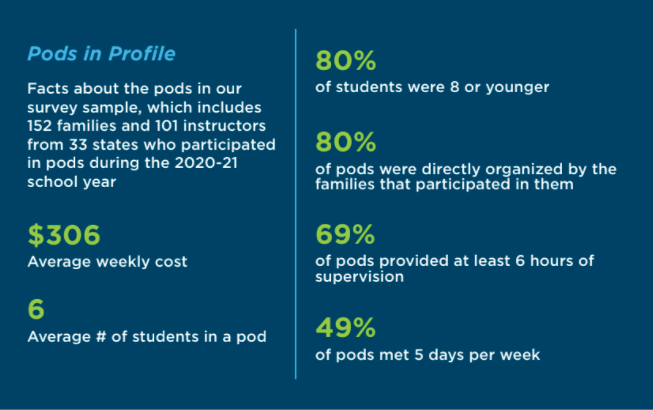
The most positive feedback about pods is that they were not dependent on school curriculum or remote learning. Because pods were largely led by education adjacent professionals and community members, this flexibility allowed for localized, active learning experiences. Because of this supple model, pods were also able to largely ensure better representation, i.e. majority Black pods being instructed by a Black instructor.
Other findings included:
- Over two thirds of pod families saw benefits for their child
- Families valued student-centered environments
- Families relying on remote instruction were less satisfied
- Pods helped families gain information about and influence over their child’s education
- Pod brought families together–often for good, sometimes not
- Families tended to pod with likeminded people, but some sought diversity
Despite the positive aspects, many expressed concerns at the lack of supports for special education, students requiring individualized learning plans and students needing more intensive social and emotional supports. Because most were a private pay model, pods ran the risk of being exclusive and not able to support learners that could have benefited most.
Despite the “moment” that pods had during the pandemic, once in-person learning became more available there was a snapback of about 85%, with the numbers of students shifting from pods to classroom attendance. Those students remaining in pods, typically counted as homeschooled, are part of what is likely to be a 1-2% long-term enrollment shift (perhaps 1 million students) away from traditional public schools.
Related and Future Developments
A variety of learning hubs sprang up around the country during the pandemic allowing parents to drop off their children a couple days a week. CRPE cataloged the types including core learning, culturally responsive, wellness focused, and tech-enabled. Many hubs have discontinued school day services while others continue to support hybrid schedules and round out four days a week school schedules.
Kansas City’s Operation Breakthrough and its high school program Ignition Lab, opened during the pandemic, offer many of these learning hub functions plus career education as part of the school day for local school partners and well as before and after school and summer learning opportunities.
Karen Pittman mentioned in a recent townhall meeting that she sees continued growth in out-of-school learning with growing connection to, even influence over, learning in school. She also anticipates that credentialing systems will help to value out-of-school learning and make it more portable.
Many virtual charter school enrollments (including parents forming pod-like cooperatives to share custodial and extended learning responsibilities) increased early in the pandemic and remain at historically high levels. Private schools, particularly those that reopened early, boosted enrolment during the pandemic.
The most positive feedback about pods is that they were not dependent on school curriculum or remote learning.
Tom Vander Ark
The steady growth in hybrid homeschool support models will continue spurred by pod and hub experiences. For example, DaVinci Connect students spend two days a week in on-campus project-based learning and three days a week at home.
Providers of virtual courses and units of study saw massive growth during the pandemic. Examples include MyTechHigh, which serves homeschooled students in six states with flexible virtual competency-based units of study and Outschool which offers thousand of online interactive units paid for by parents, employers or schools (see podcast). VLACS supports learner-driven competency-based units of study (free in New Hampshire, fee-based elsewhere). WorkspaceSKY is a private virtual co-learning support for teen learners.
Several Kansas City school districts opened microschools–small full and part-time middle and high school academies–this year to advance Real World Learning. ASU Prep will open several community connected microschools in Phoenix next year. Microschools growth will accelerate out of the pandemic as a result of flexible hybrid learning models.
Remote learning as a pandemic was not positive for most families but it did spur innovative responses including pods and hubs and an explosion of virtual courses and units of study. It probably increased interest in new microschools. High-quality pods and part-time learning experiences where not equitably distributed over the last two years.
States (especially with flush budgets) have the opportunity to expand access to innovative learning models and experiences by providing financial support, easier enrollment, more flexible credit requirements, and more professional learning opportunities. Developing credentialing systems that capture and communicate learning wherever it happens will also unlock opportunity.
Pods are an example of how, facing an education crisis, thousands of families rebundled innovative learning experiences.
This post is a part of the Getting Smart Rebundling Education campaign. This campaign will explore the future of credentialing, how to define and credential skills, why it’s critical to credential experiences and a new vision for learner records. Engage in the conversation on twitter using the hashtags #Rebundling, #Unbundling, #learningecosystem or submit an idea to Editor using the writing submission form.




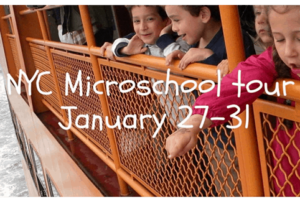

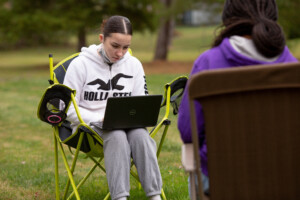
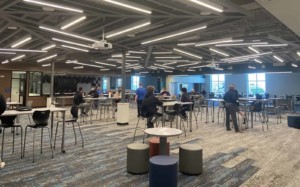
0 Comments
Leave a Comment
Your email address will not be published. All fields are required.